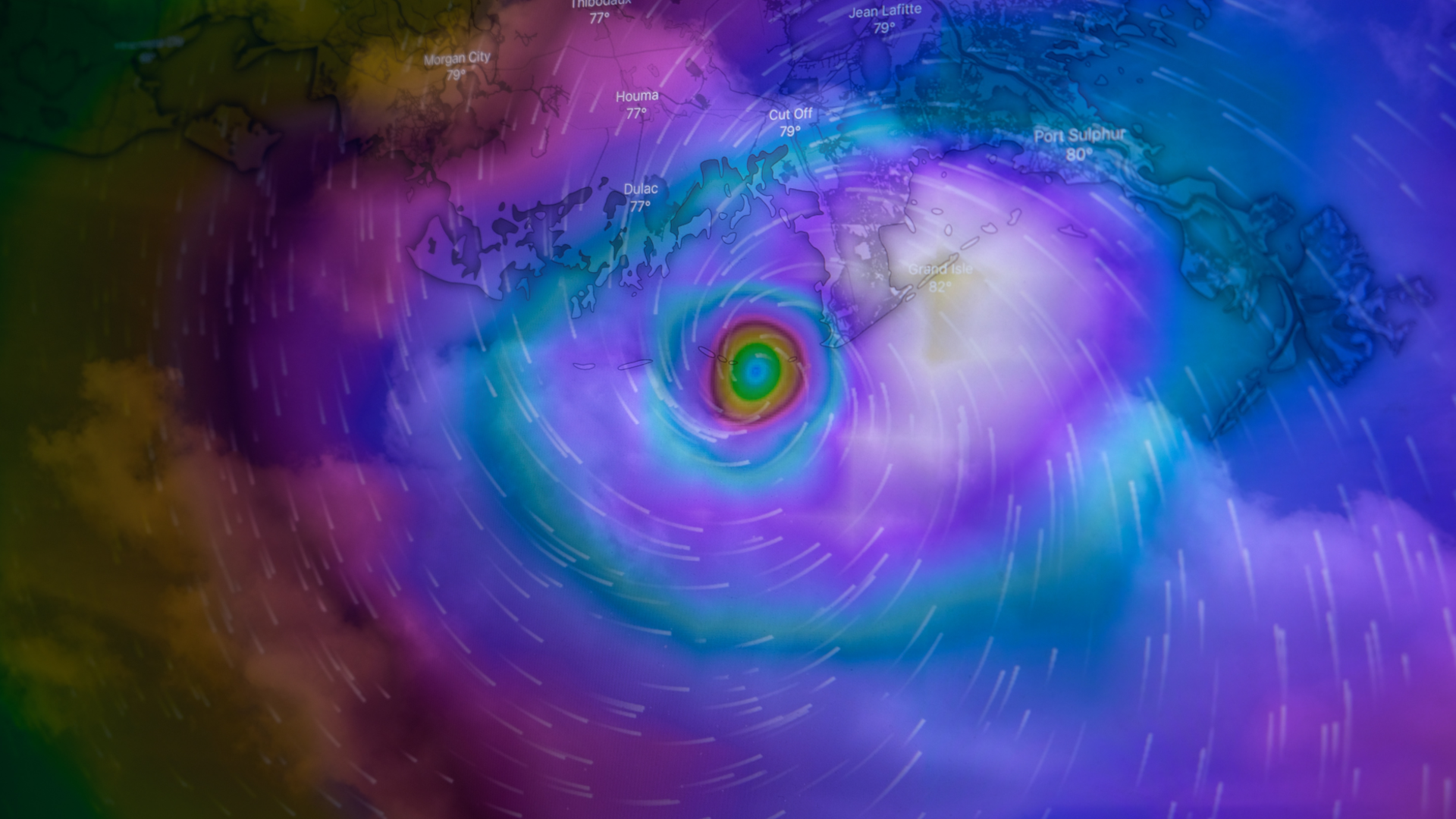As hurricane season becomes more of a threat due to increasingly warmer ocean temperatures, one island is launching an artificial reef project to protect their coastlines from large storm waves.
For many, the arrival of summer brings the promise of days spent relishing in the sun, but if you live on an island within the Atlantic ocean, it also ushers in five months of hurricane season.
Running from June 1st to November 31st, hurricane season has never been more daunting. Amongst other hard-to-predict changes, a rapidly warming climate has increased the number and severity of tropical storms able to develop in the region.
Communities living on relatively isolated island nations are particularly vulnerable to hurricane-strength winds and ocean surges, which are now twice as likely to intensify into major threats.
For example, Hurricane Lee went from a low-level storm with winds of 80 mph to the most powerful Category 5 hurricane of 2023, with winds reaching 155 mph within just 24 hours.
In the past, natural structures like coral reefs and mangroves have offered a barrier of storm protection for island nations. However, nature’s own wave breakers are deteriorating as a result of farming, aquaculture, urban development, and natural processes like erosion and harsher weather conditions.
Hoping to develop a solution, one island is installing an artificial reef of its coastline. If successful, other Caribbean nations could follow suit.




















